Dateline – July 18, 2011
WARNING: This article contains graphic imagery.
As the long, hot, Texas summer continues unabated, so do the problems faced by a quaint north Texas neighborhood.

Early this spring scores of egrets and herons established a breeding colony along the tree-lined streets of Chamberlain Drive and Addington Drive in Carrollton. These nesting birds, which at first seemed like an interesting novelty, soon turned into a nightmare for the people who live in this neighborhood. Over the course of the spring months these two streets were literally invaded by hundreds of large, noisy, and messy birds. And as the number of birds ballooned, so did the bird droppings, and resulting odors and property damage.
You can read an earlier account of this story by following this link: Chamberlain Drive Rookery in Carrollton
Now, after over a month of extremely hot weather, the problem has gone from bad to worse. The smell of decomposing dead birds has been added to the odor caused by three months accumulation of bird droppings, feathers, egg shells, and dead fish (brought by the adults to feed to their young).


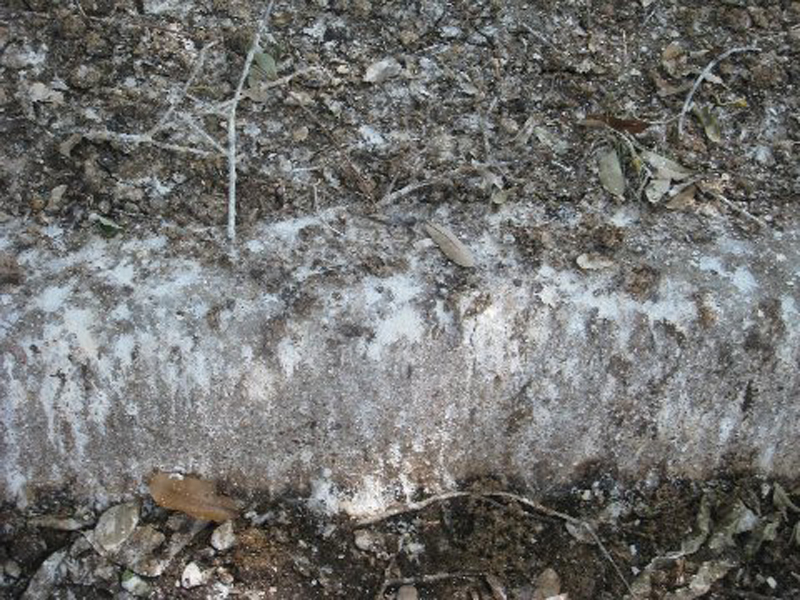





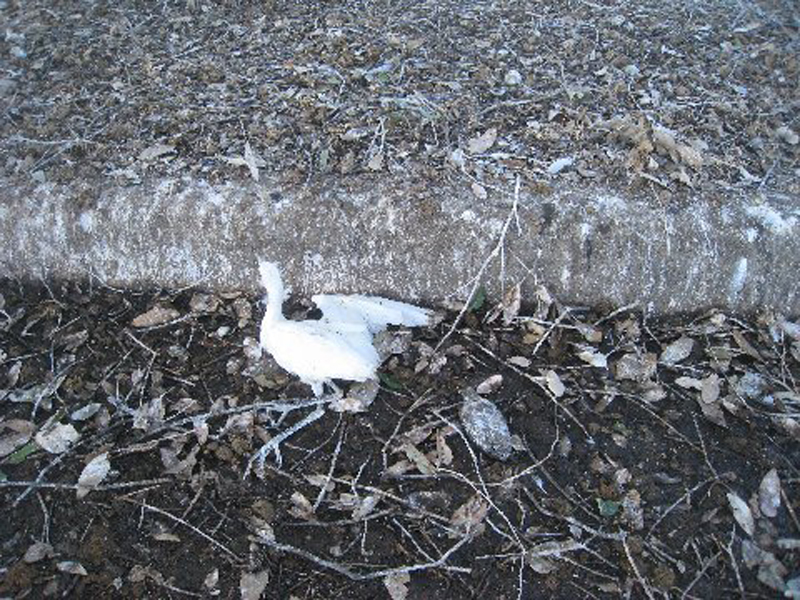

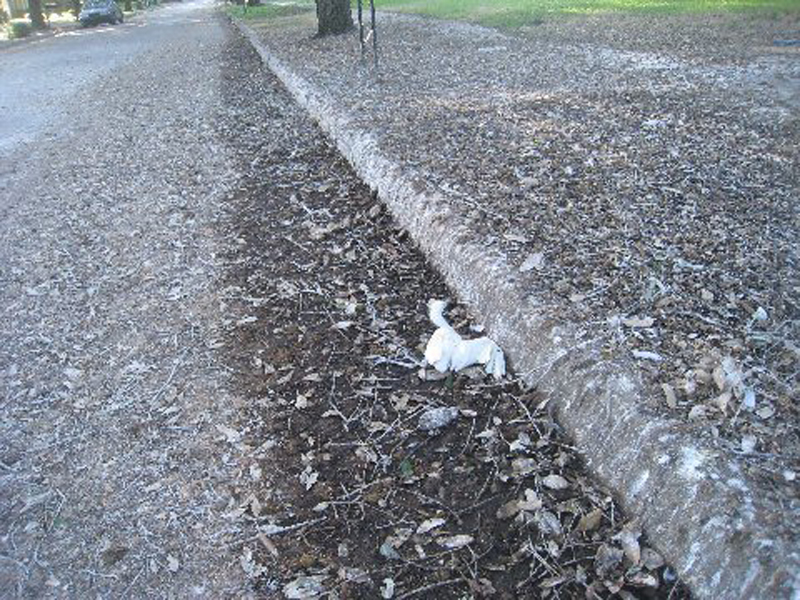
At last count there have been nearly 500 casualties. The juvenile birds rapidly outgrow their nests, and then fall to the ground. There, weakened by the heat, or the impact with the concrete street, and too young to fend for themselves, they soon succumb to the high temperatures, general filth, starvation, automobiles, and other dangers found under a suburban rookery. Dozens can die every day.
Understandably, the people in this community are not happy with this rookery in their midst. Frankly, most would simply like to see the birds go away. But, no one here wants the juvenile and baby birds dying in this fashion. The residents of this neighborhood can’t help but wonder where are the people who claim to care so much about the birds’ welfare? Where are the people who support the onerous laws that prevent the neighborhood from dealing with the problem effectively? Why isn’t anyone out here caring for the orphaned and injured chicks as more and more birds die everyday?
Herons and egrets are not endangered birds. They have healthy populations across the state and the country. They are, however, protected by state and federal laws which prohibit disturbing the nesting birds in any way. These laws, and past mistakes dealing with similar situations have made the City of Carrollton very reluctant to come to the aid of the neighborhood despite repeated pleas for help. The city has refused to clean the streets in question even as the unsanitary bird droppings continue to accumulate. The fear is that the street sweeper will disturb the birds causing even more of the chicks to drop to the ground.


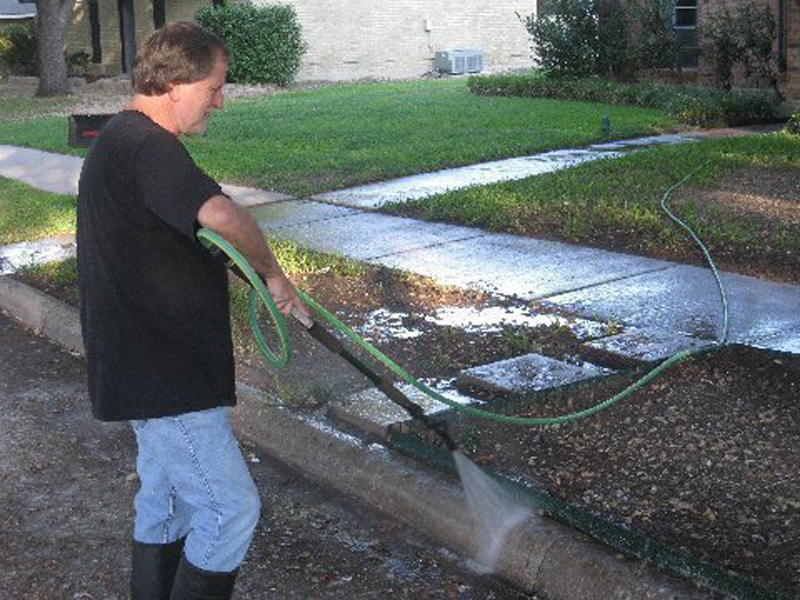









The only real concession the neighborhood has received from the city is regular visits from Carrollton Animal Services to pick up the dead and dying birds. Animal Services workers stop by several times a day to do this unpleasant task. They wear surgical masks and gloves while working in recognition of the potential health hazards the rookery presents.
And what are the health issues these city workers fear, and the residents of the neighborhood have to live with? Well, in addition to the obvious health hazards associated with unsanitary accumulation of bird droppings, feathers, egg shells, dead fish, and bird carcasses, there are also parasites and a number of disease agents to contend with. Diseases associated with rookeries include psittacornithosis, histoplasmosis, encephalitis, and arbovirus. All are potentially serious illnesses. Here is what Wikipedia has to say about each:
Psittacornithosis
In humans, after an incubation period of 5–14 days, the symptoms of the disease range from inapparent illness to systemic illness with severe pneumonia. It presents chiefly as an atypical pneumonia. In the first week of psittacosis the symptoms mimic typhoid fever: prostrating high fevers, arthralgias, diarrhea, conjunctivitis, epistaxis and leukopenia. Rose spots can appear and these are called Horder’s spots. Splenomegaly is frequent toward the end of first week. Diagnosis can be suspected in case of respiratory infection associated with splenomegaly and/or epistaxis. Headache can be so severe that suggests meningitis and some nuchal rigidity is not unusual. Towards the end of first week stupor or even coma can result in severe cases.
The second week is more akin to acute bacteraemic pneumococcal pneumonia with continuous high fevers, cough and dyspnoea. X rays show patchy infiltrates or a diffuse whiteout of lung fields.
Bloodwork shows leukopenia, thrombocytopenia and moderately elevated liver enzymes.
Differential diagnosis must be made with typhus, typhoid and atypical pneumonia by Mycoplasma, Legionella or Q fever. Exposure history is paramount to diagnosis.
Complications in the form of endocarditis, hepatitis, myocarditis, arthritis, keratoconjunctivitis, and neurologic complications (encephalitis) may occasionally occur. Severe pneumonia requiring intensive-care support may also occur. Fatal cases have been reported (less than 1% of cases).
Histoplasmosis
Histoplasmosisis a disease caused by the fungus Histoplasma capsulatum. Symptoms of this infection vary greatly, but the disease primarily affects the lungs. Occasionally, other organs are affected; this is called disseminated histoplasmosis, and it can be fatal if left untreated. Histoplasmosis is common among AIDS patients because of their suppressed immune system.
If symptoms of histoplasmosis infection occur, they will start within 3 to 17 days after exposure; the average is 12–14 days. Most affected individuals have clinically silent manifestations and show no apparent ill effects. The acute phase of histoplasmosis is characterized by non-specific respiratory symptoms, often cough or flu-like. Chest X-ray findings are normal in 40–70% of cases. Chronic histoplasmosis cases can resemble tuberculosis; disseminated histoplasmosis affects multiple organ systems and is fatal unless treated.
While histoplasmosis is the most common cause of mediastinitis, this remains a relatively rare disease. Severe infections can cause hepatosplenomegaly, lymphadenopathy, and adrenal enlargement. Lesions have a tendency to calcify as they heal. Ocular histoplasmosis damages the retina of the eyes. Scar tissue is left on the retina which can experience leakage, resulting in a loss of vision not unlike macular degeneration
Encephalitis
Encephalitis is an acute inflammation of the brain. Encephalitis with meningitis is known as meningoencephalitis. Symptoms include headache, fever, confusion, drowsiness, and fatigue. More advanced and serious symptoms include seizures or convulsions, tremors, hallucinations, and memory problems.
Arbovirus
Many arboviruses (such as African Swine Fever virus) do not normally infect humans or if so, cause only mild and transient infections characterized by fever, headache and rash. Others of this group however can cause epidemic disease and severe infections such as fulminant meningitis, encephalitis, meningoencephalitis, or viral hemorrhagic fever that can be fatal.
As is usually the case, the very old and very young are particularly susceptible to these diseases.

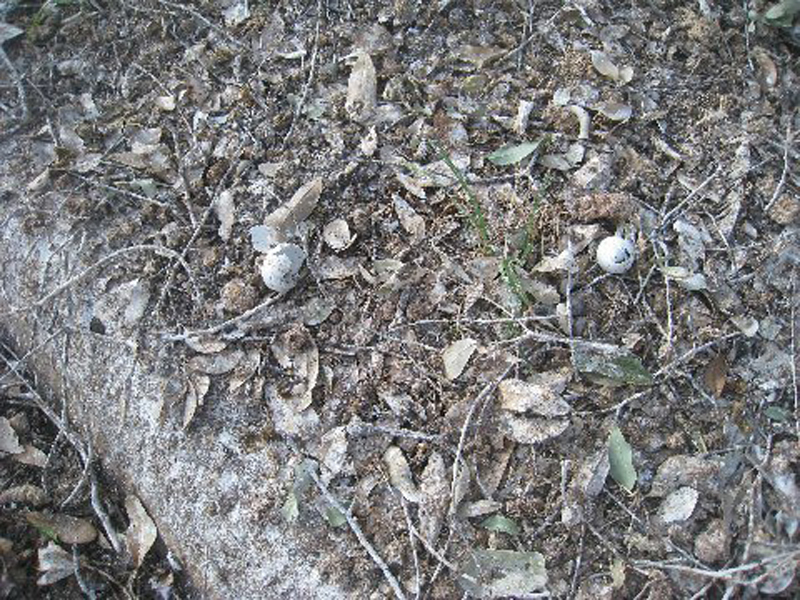




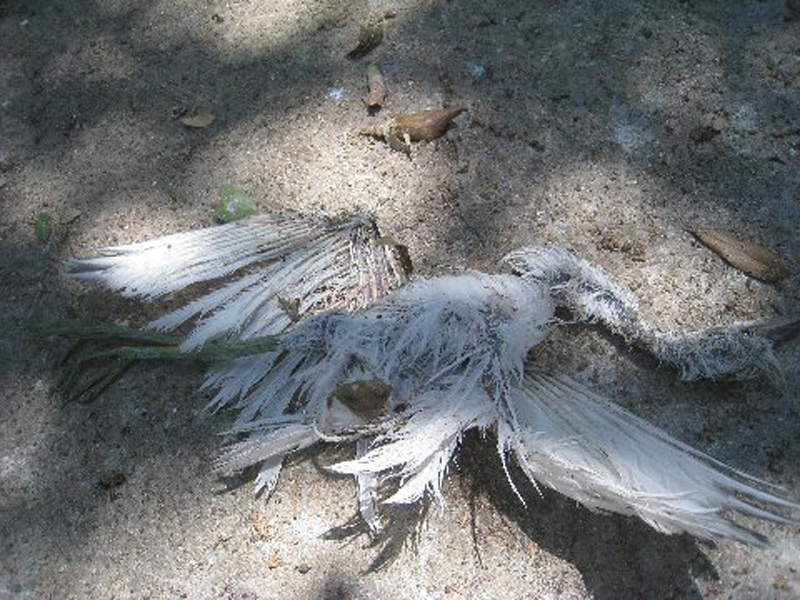
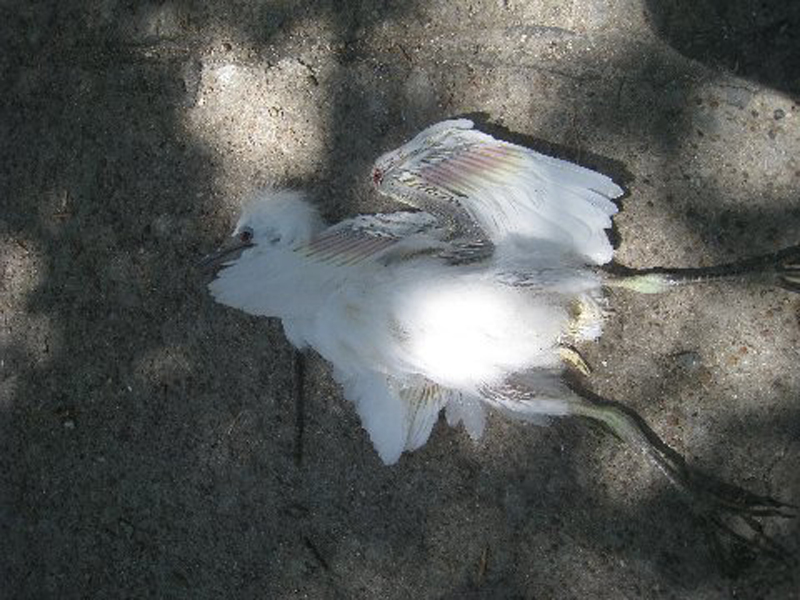
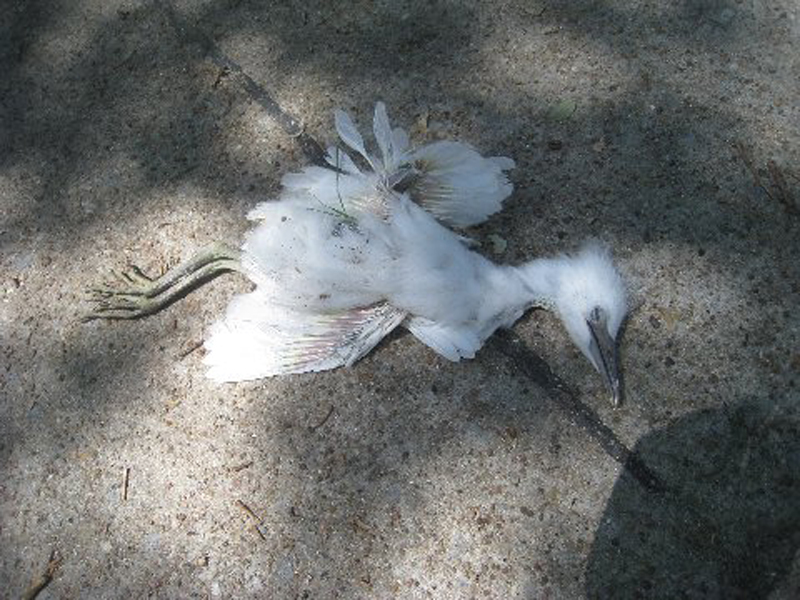
To date City of Carrollton officials have been generally unresponsive to the requests for help coming from this community. Whether this unresponsiveness is due to a lack of initiative, a lack of imagination, or a lack of empathy is not quite clear. One thing that is clear is that the level of desperation and exasperation in the neighborhood is rapidly rising.
Perhaps after reading this article you might have some suggestions or comments you would like to share with Carrollton’s city officials about their handling of this issue. If so, you can find the relevant contact information listed below:
| Mayor: | Matthew Marchant | City Manager: | Leonard Martin |
| Email: | matthew.marchant@cityofcarrollton.com | Email: | leonard.martin2@cityofcarrollton.com |
| Phone: | 972-466-3001 | Phone: | 972-466-3001 |
| City Council Contact Webpage: | Carrollton City Council | ||
At some point the health and welfare of the citizens of Carrollton have to take priority over that of the birds. Imagine if this were your neighborhood. Wouldn’t it be a tragedy if someone got sick or died over something like this?







The above report is all true. I live on Castille Dr. and the birds (herons) have been a problem here. However, in front of my home I see less and less. I love to walk, but not any longer on the above mentioned streets as the smell and what I have to walk on is just awful. I have bouts with Asthma and am afraid to take additional chances. I really feel for these people and pray that no life threatening issues arise. The trees that have the most birds seem to be dying. That too is a real shame. These trees were planted in 1974.
I have lived here since these homes were built in 1974 and what a beautiful neighborhood it WAS.
How can a person take pride in their home if they cannot even get out and work in it.
Thanks Lana. Well said!! Lana lives one block north of Addington Drive. Maybe one person will read this and come to our aid.
I suggest a campaign, radio and TV, to un-elect or defeat at the next election, the mayor and the entire city council.
People have such short memories. Do you not remember “Project Eliminate Poop” undertaken by the City of Carrollton to destroy a large Egret rookery, which resulted in the City being forced to pay a huge fine to the feds for killing migratory fowl? If memory serves me, the City also had to agree to a permanent injunction not to do it again, on pain of the City charter being dissolved and the entire city council burned at the stake. Or something really bad. It should not surprise that mention of the very word “egret” at City hall causes fainting and nausea.